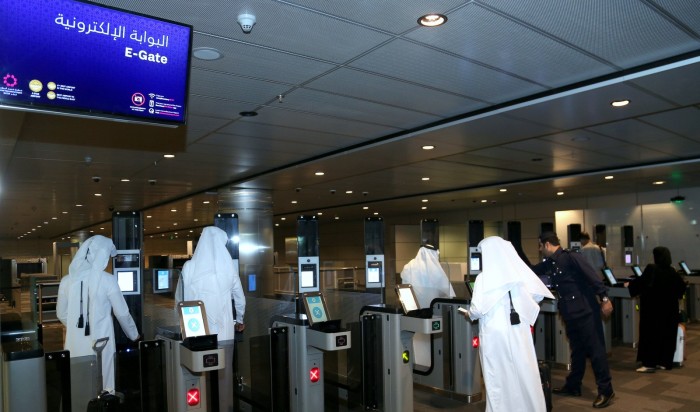WSi News2019-08-28 14:04:56
Iris Recognition Speeds the Airport Security Process
Whether it’s boarding a plane or clearing customs, both government agencies and passengers require an accurate, fast and convenient way to assure a person’s identity. Biometric technology is providing a solution for these requirements as it enhances the experience in airports worldwide.
Since 2002, scores of major international airports have installed iris recognition technology. It’s a good fit as iris recognition offers the highest accuracy and speed among biometric technologies.
Here’s a look at four examples where recognition technology is playing a vital role.
Amsterdam Schiphol Airport is the Netherlands main international airport and Europe’s third busiest, serving 71.7 million passengers in 2018. Schiphol’s Privium® program enables enrolled Dutch citizens to quickly move through boarding and customs lines. Passengers enroll with an initial iris scan – much like a photo capture. The process involves no bright lights or direct contact with the eyes. The iris patterns, unique to each person, are turned into digital templates stored only on Privium cards and not in any database.
Kiosks equipped with iris readers are installed at each Privium gate. Passengers look into the reader to have their irises compared to the scan stored on their cards. If there’s a match, the gate opens and passengers proceed to boarding areas. Passengers arriving from another country use the same technology to clear customs within 10 to 15 seconds.
Qatar Hamad International Airport (HIA) enables passengers to use iris recognition technology in at an airport immigration desk. Each passenger entering the country must be enrolled/identified by the use of iris recognition technology. Currently, HIA process 35 million transit passengers and 4 million entries into the country annually using iris recognition to authenticate each entry and exit.
Each identity is searched against a data repository of over 12 million records. This process allows the government to ensure no duplicate/fake passports are used to gain entrance to the country.
Nexus, a joint program of the Canadian Border Services Agency and U.S. Customs & Border Protection, uses iris-based technology to speed low-risk, pre-approved travelers moving between Canada and the United States. Self-serve kiosks with iris readers enable passengers to speed through Canadian or U.S. customs at nine major international airports in Canada. The same system is used at other select airports in Canada and at Transportation Security Administration Pre-Check lines in more than 180 participating U.S. airports.
The system is also in place at dedicated vehicle lanes at 21 land border crossings and at more than 450 Canadian marine sites for travelers arriving by boat.
CLEAR is a private company bringing expedited security clearances to certain passenger terminals in more than 30 major U.S. airports. The CLEAR system uses iris recognition technology to move passengers through security in a fraction of time compared to regular security lines. CLEAR kiosks are also used at some U.S. stadiums and arenas. The company’s kiosks have completed more than 33 million identity authentications.
Iris recognition technology has helped create a better experience for millions of airport passengers while also improving security through definitive identity authentication.
(Mohammed Murad is vice president, global development and sales for Cranbury, N.J.-based Iris ID).
